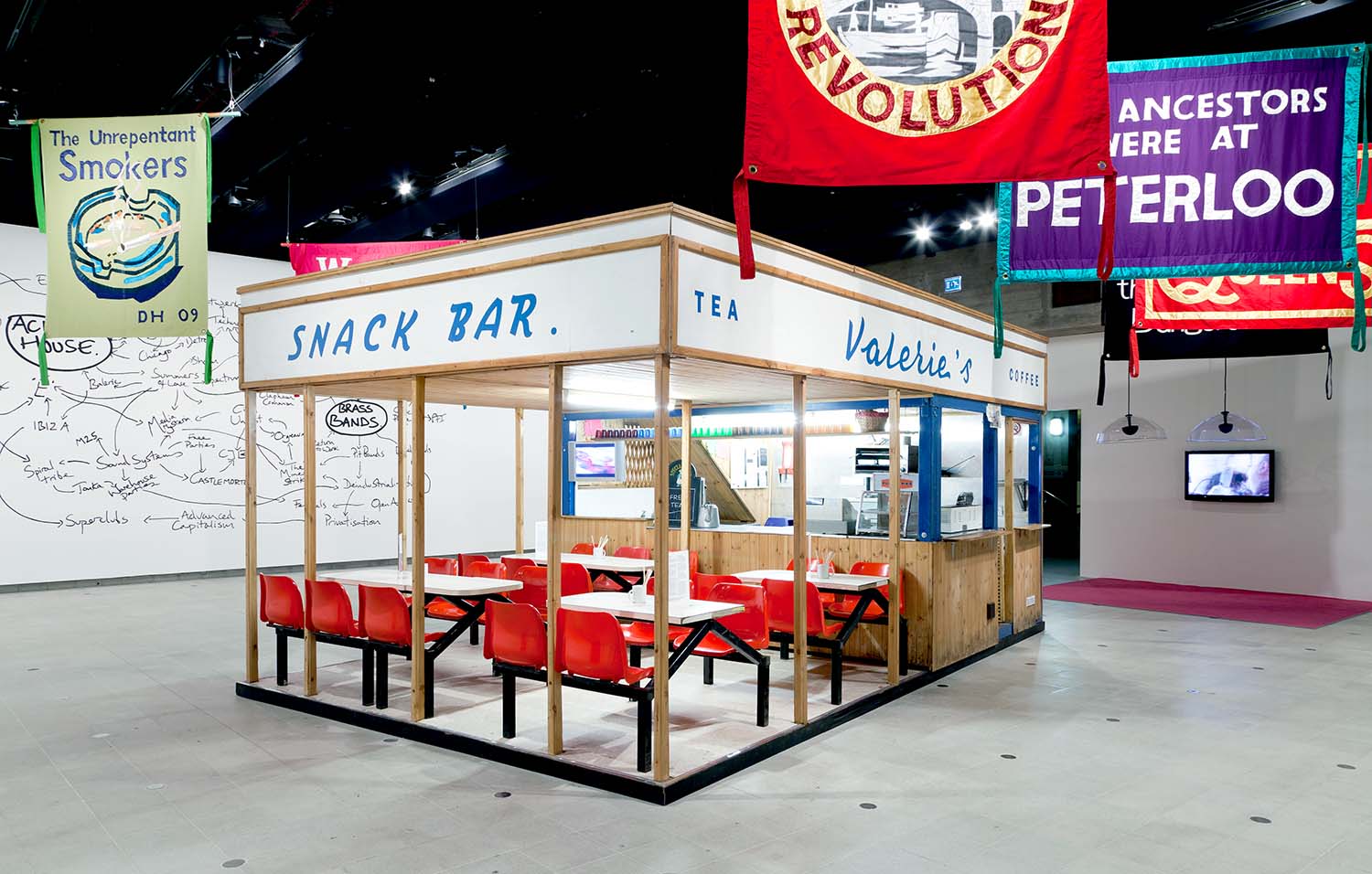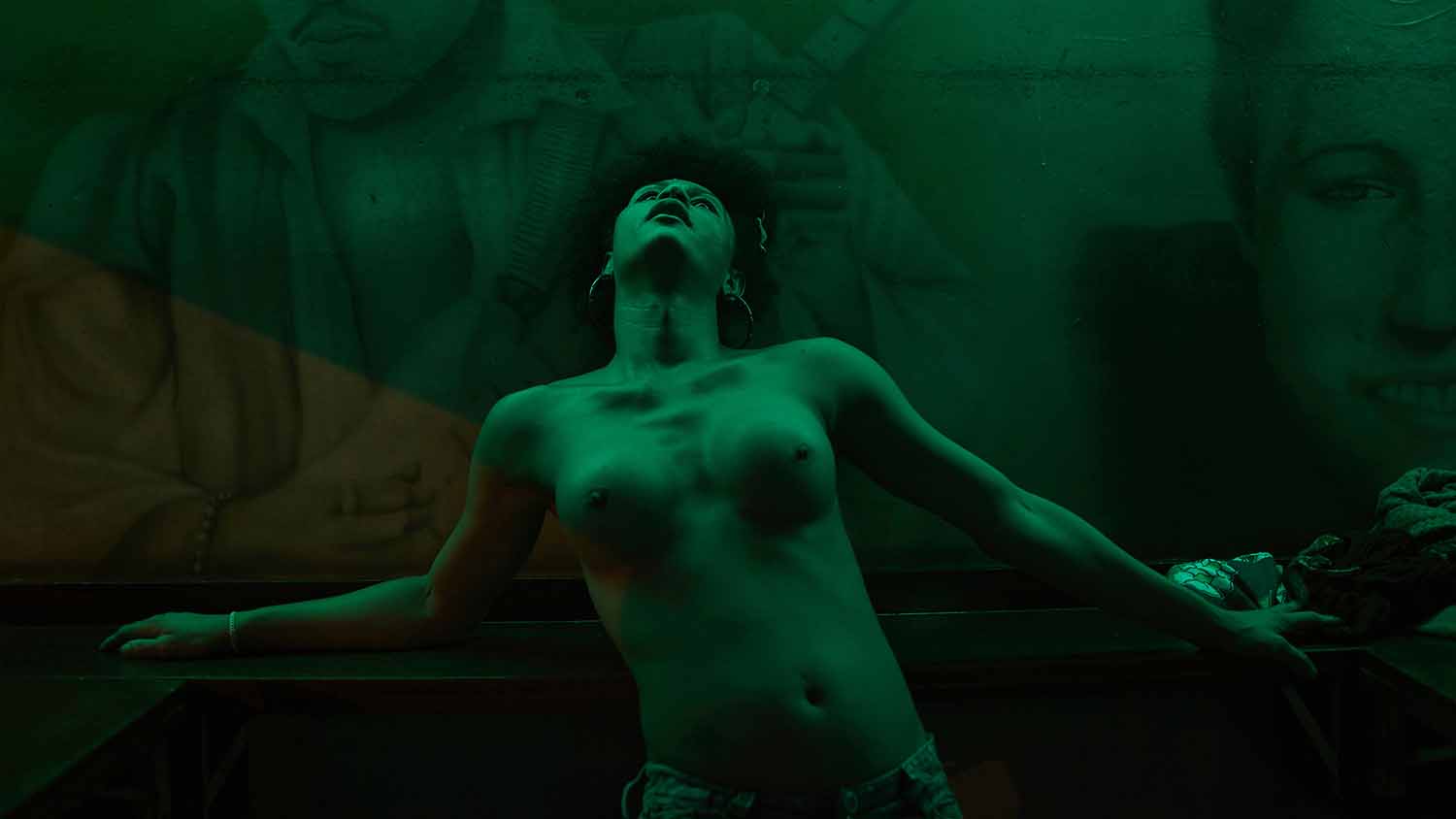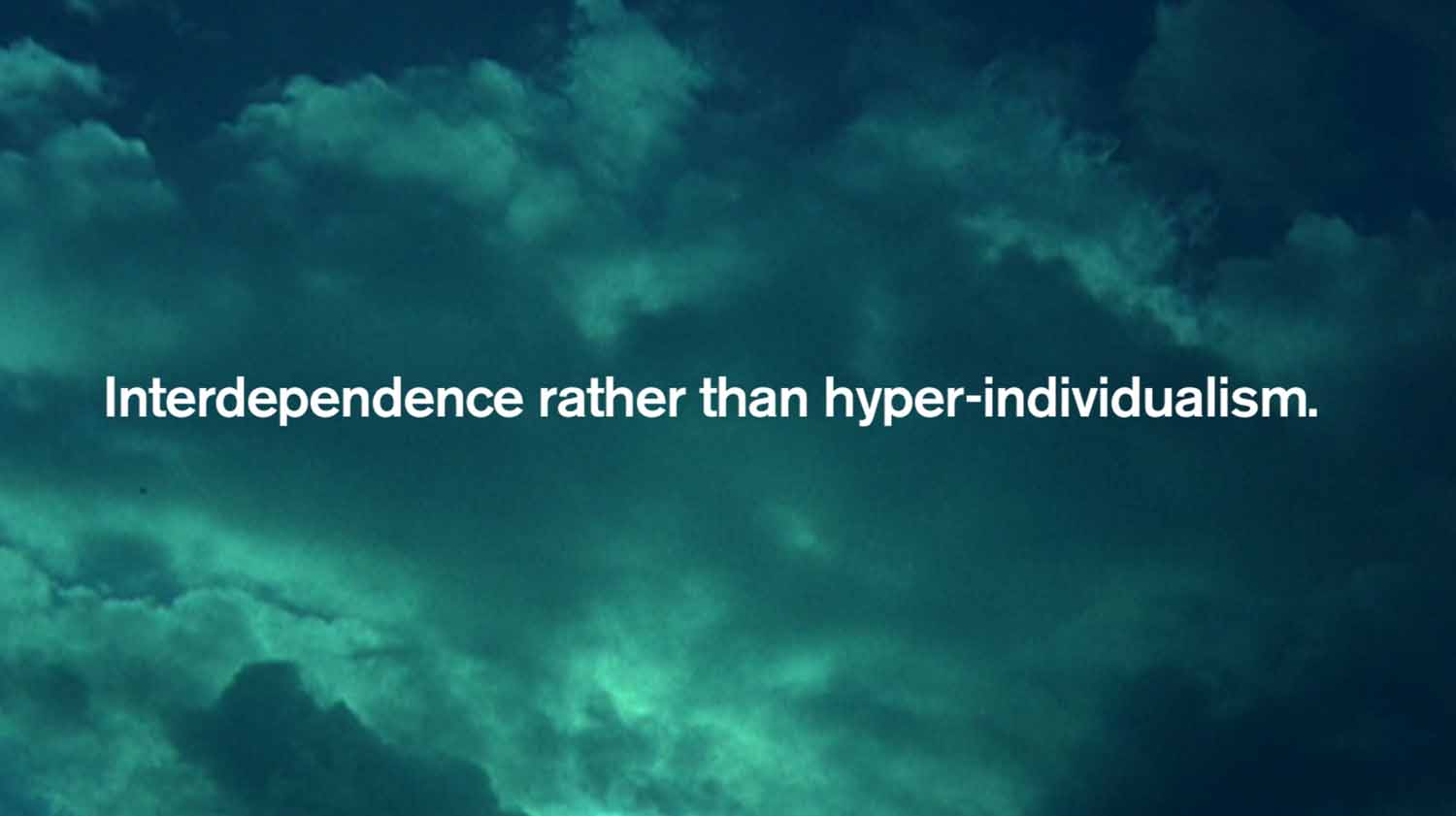The 6th Moscow Biennale takes place from September 22 to October 1 in the Pavilion No.1 of VDNKh, a permanent fair complex completed in 1939 for hosting the All-Union Agricultural Exhibition.
Curators Bart De Baere, Defne Ayas and Nicolaus Schafhausen share ideas, strategies and goals related to their curatorial project “How to Gather? Acting in a Center in a City in the Heart of the Island of Eurasia.”
The Moscow Biennial will include daily keynote performances by thinkers and artists working in situ. Can you explain the use of the word “performance” in this context?
Driven by the limits of the situation, we felt compelled to scrap everything that makes exhibitions today so expensive — crated air transports, insurance and heavy production — and to invest instead the limited budget in people we value highly. We asked artists to be present in a variety of the capacities they offer besides the installation in situ of artworks. Some artists, for whom we feel this is part of their artistic specificity, we also asked merely an image we can reflect upon. Other artists, such as Birdhead from Shanghai, we invited to share the sharpness of their perception by a photographic unfolding of what they notice in Moscow during these ten days. So there will be presences, activities and proposals that manifest throughout the ten days. There will be daily keynotes by thinkers whom we are eager to hear, but these will take place alongside lecture-performances and statements by artists, a daily talk show hosted by the Chinese writer Mian Mian, as well as informal meetings in smaller groups. We actually committed to a flow of different moments, and are committed to being attentive to these and value them. We don’t want to document only what is happening, but also to then edit it, annotate it and discuss the capacities it offers.
The last Manifesta, held in Saint Petersburg, was censored. Do you feel any political pressure? And if so, what is your strategy for dealing with it without giving up your intellectual freedom?
We feel it is urgent — and not only in Russia — to engage with the question of how to gather with the Other — how to come together, how to find modes of conviviality. This may happen in a register that goes from negotiations and finding minimal points of accord up to friendship and identity politics. The focus on this register seems as urgent today as any other time. In a certain way, it is the weakest pole in contemporary globalized society, even if it is the one that may lead to new beginnings. It is a question that should not only be a theme that is reflected upon, but that becomes also a praxis. Back to your earlier question, that’s why the word “performance” is crucial indeed, and why we hope for the biennial as a whole to become performative.
Elsewhere there has been censorship in Russia, most renown in the Pussy Riot case and the recent Novosibirsk Tannhauser opera case. We don’t know of any censorship during Manifesta. There was an appeal for a boycott, though, and really interesting discussions about self-censorship. That is an urgent question, more complicated and as dangerous as censorship itself. Russia is a situation in negotiation, one might say. Magazines and events now hold 6+, 12+, 16+ or 18+ age labels. The system is not really different from movie age categories in many countries. Many different tactics may be relevant, and they may have a different relevance at different places and moments in time. At this point we feel the situation is not one that makes us optimistic, but that it is one which is not bolted down yet. Therefore we feel it may be relevant to try out a present that is different from the “main” present which is characterized by an impasse.
You are three curators with very individual points of view. Is the biennial a collaborative effort? Are you working as a team or rather dividing the show into three separate parts?
We are indeed three curators with very individual points of view. In an earlier scenario we also planned to make separate exhibitions, each one in a separate pavilion of the astonishing VDNKh site, the prime symbol of the soviet orientation towards progress and the future. Given the circumstances, however, we decided to work radically together. It’s the opposite of what often happens in biennials when curators start in a cooperative mode and end up doing separate parts. We simply look at what each of us can bring to this risky enterprise. That’s quite joyful. It is also a mode of engaging with our urgent title question of “how to live together.” That shouldn’t be a theme, but an attempt at praxis on all levels. It challenges us to go beyond the professional effectiveness each of us has separately. That professionalism alone won’t do for these circumstances.




